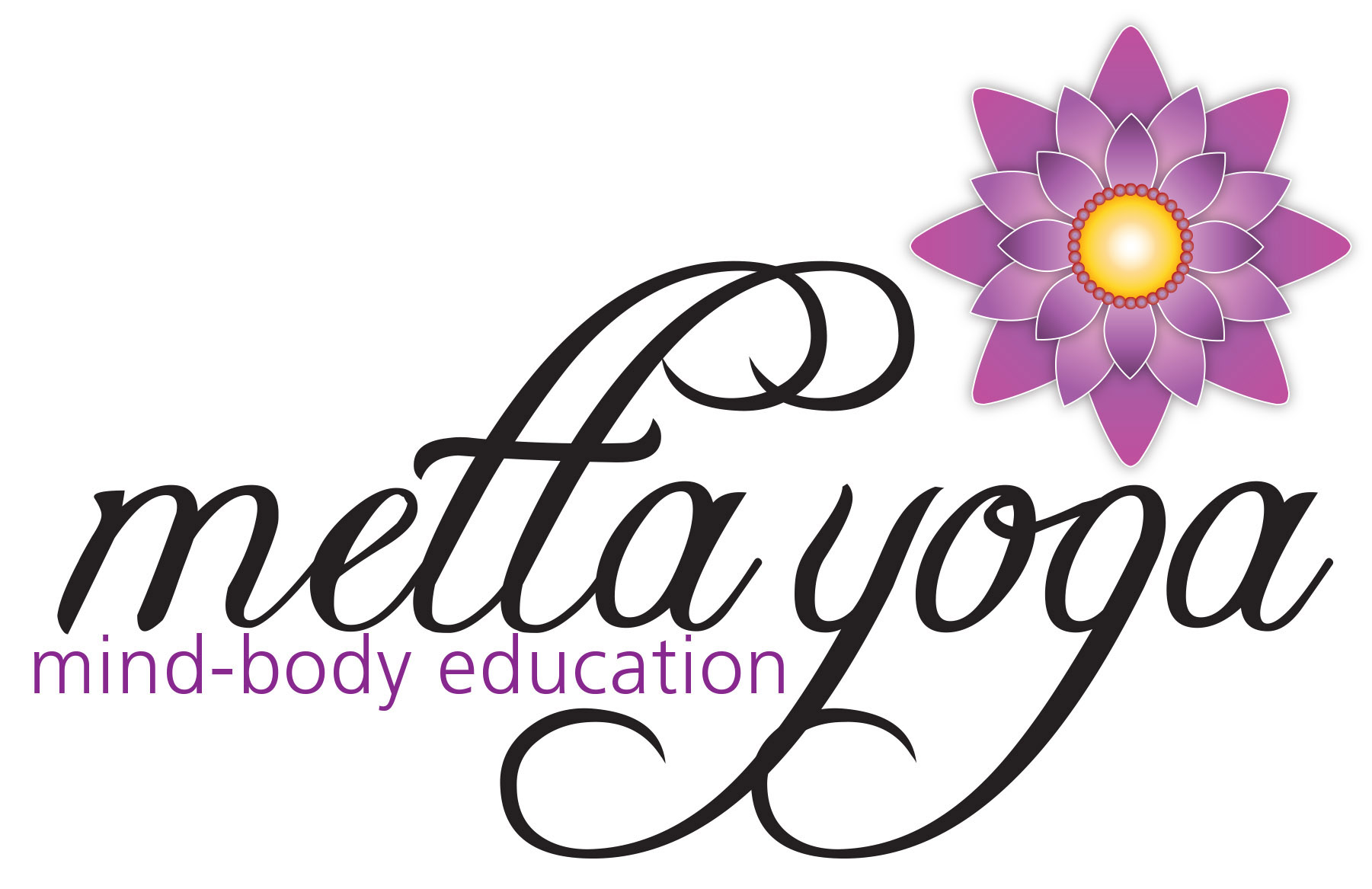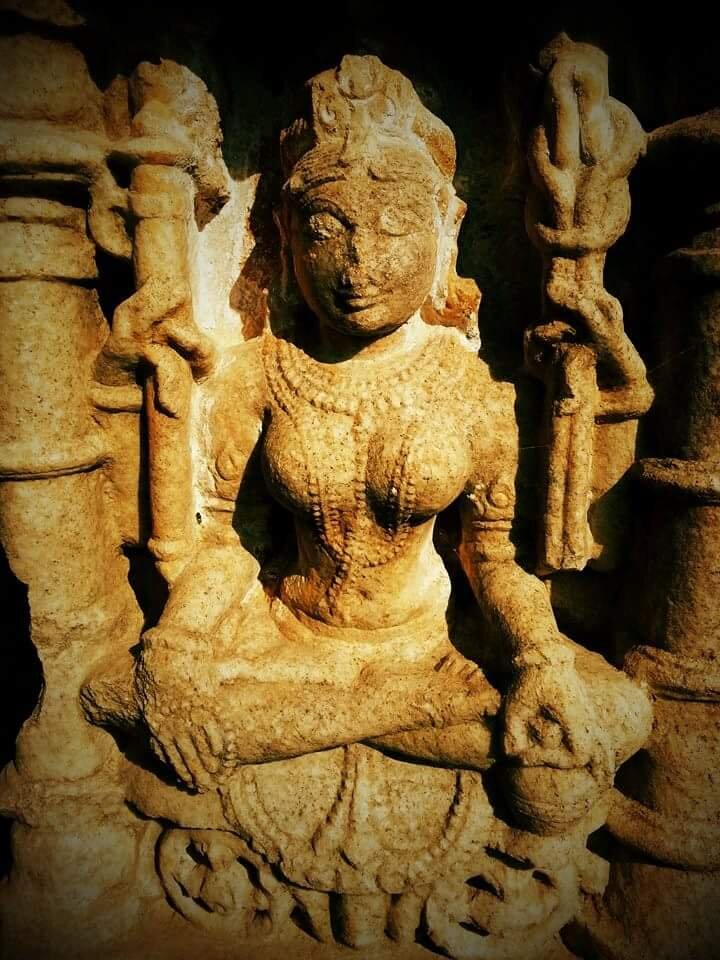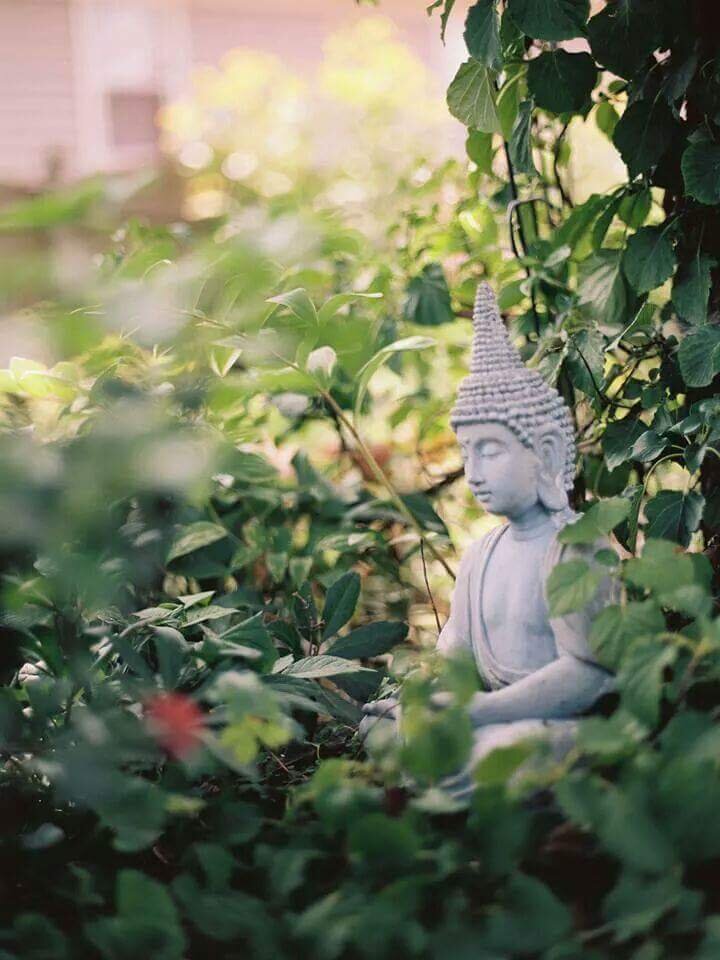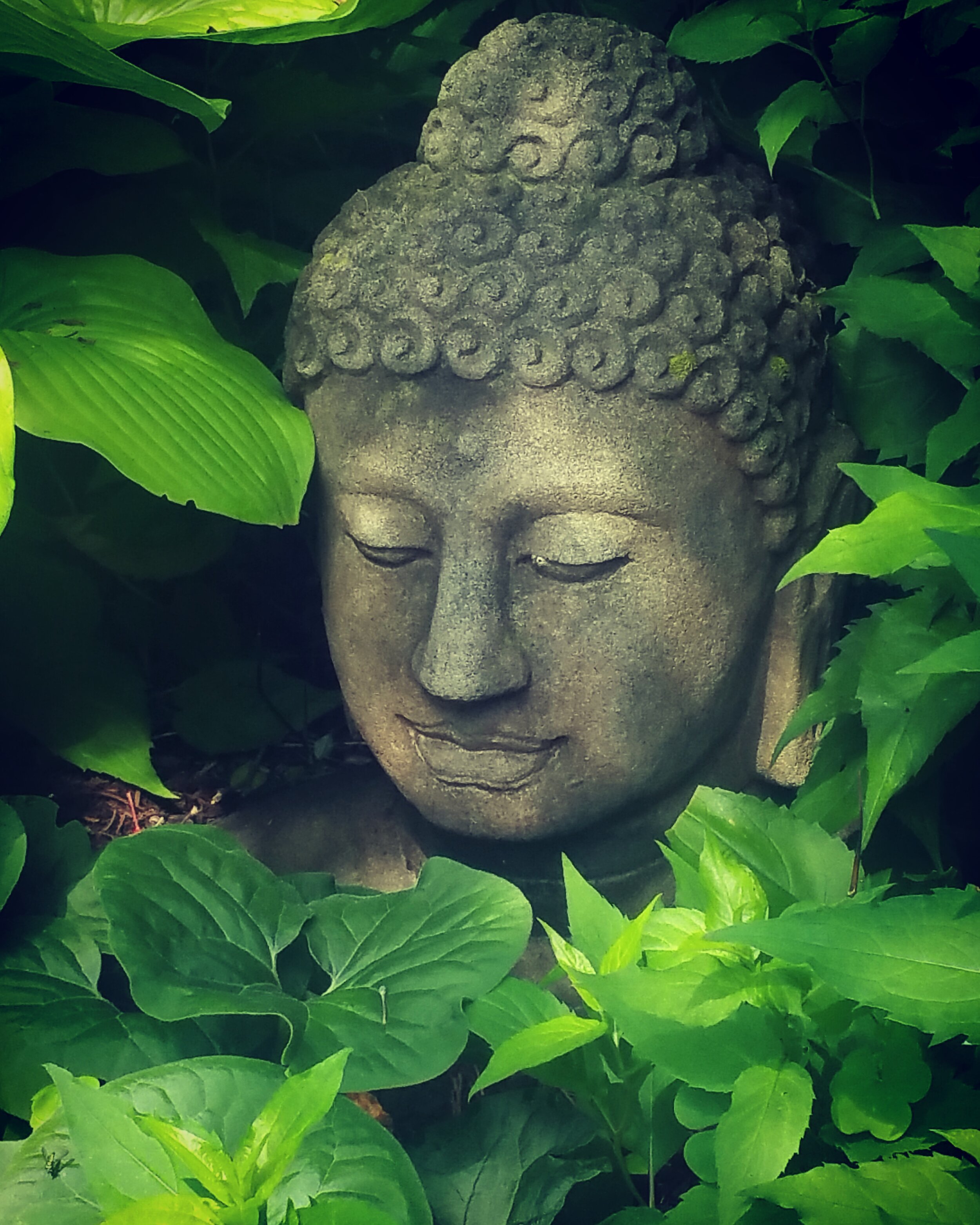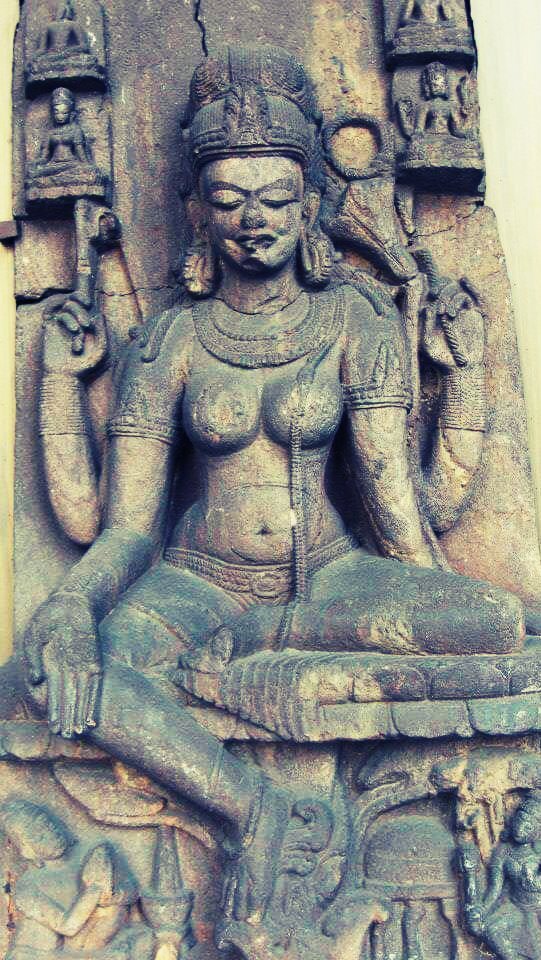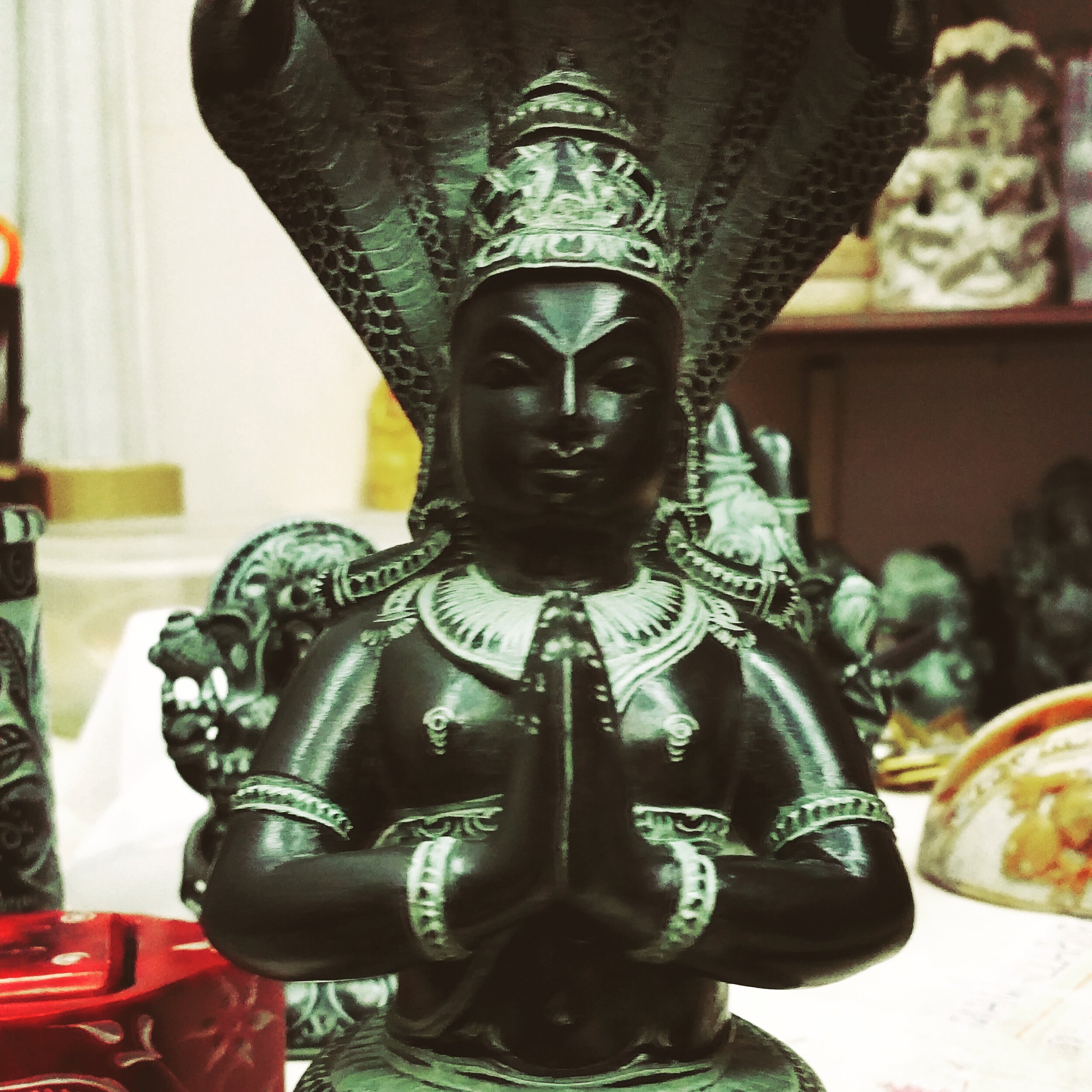Yoga Styles
Krishnamacharya Tradition
Krishnamacharya’s principle was “Teach what is inside you, not as it applies to you, to yourself, but as it applies to the other.“ He taught that Yoga should always be adapted to the unique needs of each individual.
Metta Yoga: Mind-Body Education®
“Metta” is a Pali word meaning friendliness or an attitude of goodwill. Yoga practiced in this manner is about befriending your body and becoming your own best friend.
The Yoga I teach is a powerful combination of asana, meditation, breath awareness, and intuitive holistic healing. Metta Yoga: Mind-Body Education® arose from a lineage that is about Yoga to fit the individual, a highly individualized breath-centered practice that encompasses all the tools that Yoga offers.
You will blend stillness and movement, softness and strength. You will be encouraged to compassionately explore your edge as you grow your practice, strengthen your body, expand your heart, and free your mind. You will be challenged and supported, but most importantly, reminded to bring your full attention to your body and to your breath, ending class with pranayama and mindfulness meditation.
YIN YOGA
Yin Yoga has its roots in Traditional Chinese Medicine Meridian Theory and Taoist philosophy: "Yin Yoga comes from an ancient Taoist tradition. Being in harmony with the rhythm and flow of nature is the essence of Taoist attitude." -- Paulie Zink, Yin Yoga Founder. Longer held postures of stillness are utilized for promoting growth, clearing energetic blockages, and enhancing circulation while more active postures are used to develop core strength, muscle tone, balance, and stamina.
“Yin Yoga is an art form not an exact science. The purpose of Yin yoga is to take us out of the systems of social convention, indoctrination, and mechanistic ways of thinking, not to reinforce them by demanding conformity to rigid, limited paradigms. Yoga does not require scientific approval or validation. Intellectualizing the practice of yoga serves to obstruct a deeper understanding of its essence. The real power to authorize truth is contained within each and every one of us.”
VINYASA KRAMA
Think of this as a breath-centered, slow-flow practice. Krama is a Sanskrit word meaning “stages.” It is a step-by-step process involving the building in gradual stages toward a “peak” within a practice session. This progression can include asanas of increasing complexity or gradually building one’s breath capacity. The breath gives information to the mind about the body, the breath gives rhythm to the practice, and the breath identifies any problems and facilitates release.
“By integrating the functions of mind, body, and breath ...a practitioner will experience the real joy of yoga practice ...Vinyasa krama yoga strictly follows the most complete definition of classical yoga.”
